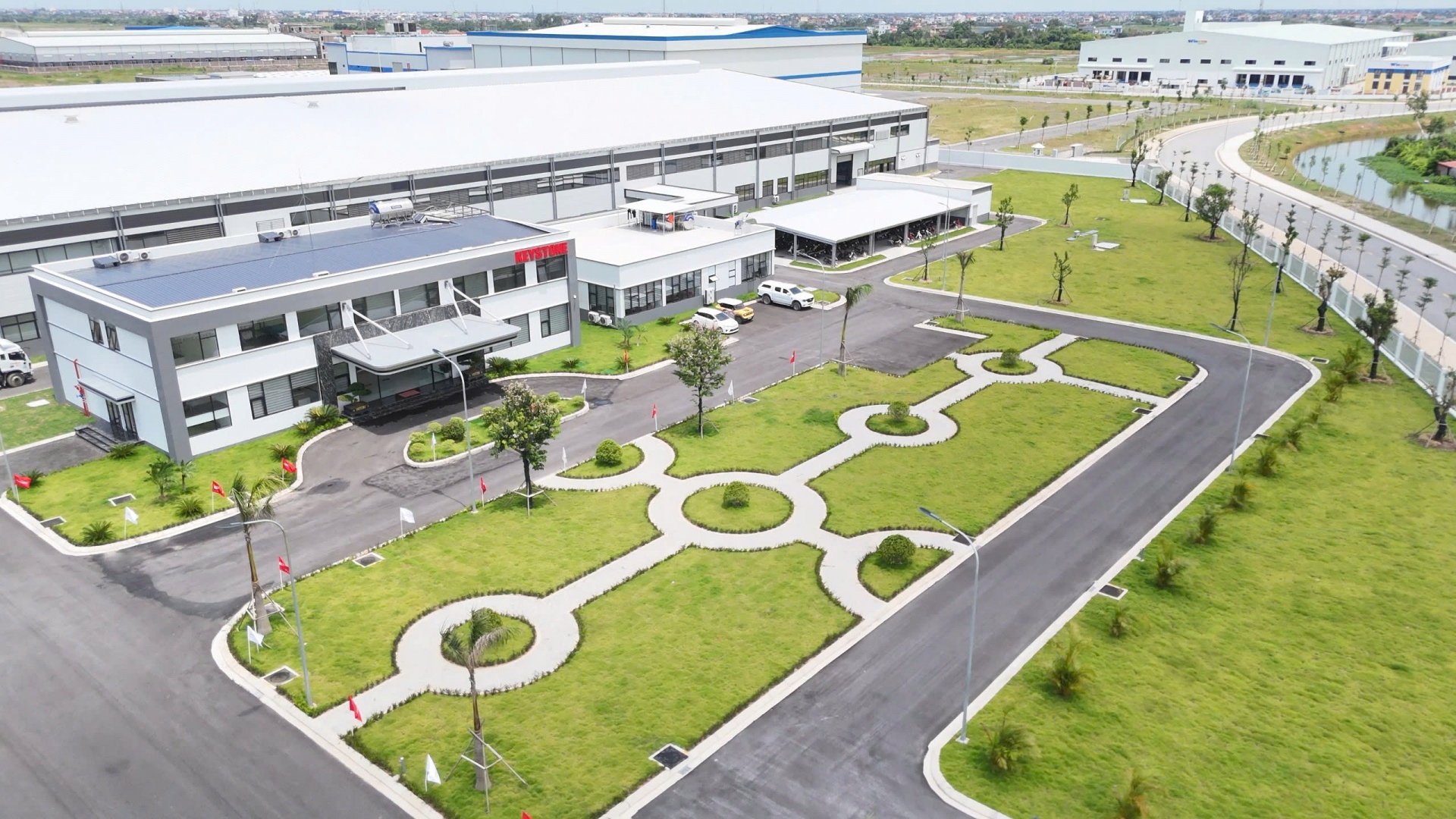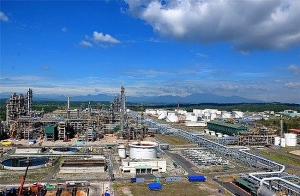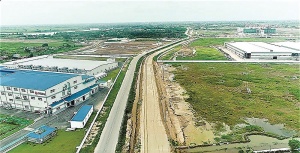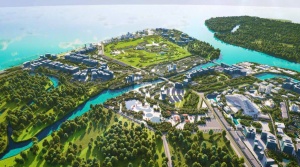 |
Established in 2017, Thai Binh Economic Zone (EZ) covers 30,500 hectares, making it the largest coastal economic zone in the Red River Delta. With developed infrastructure and a diverse mix of industries, power, ports, urban areas, tourism, and services, the zone has become a magnet for investment while supporting employment and socioeconomic development.
Located in the triangle of economic growth of Hanoi – Haiphong – Quang Ninh with a proximity to international routes, Thai Binh EZ boasts significant advantages compared with many other coastal economic zones. From an agricultural-based locality, the former Thai Binh province has developed the economic zone to open new economic space, laying the foundation for the province to accelerate industrialisation and modernisation.
Thai Binh Economic Zone has become a major investment hub for both domestic and international corporations. Between 2021 and June 2025, it attracted $5 billion in registered capital, accounting for 71 per cent of Thai Binh province’s total. Of this, $4.3 billion came from foreign investors, positioning the province among Vietnam’s top destinations for international capital – ranking fifth nationwide in 2023 and 12th in 2024. The zone has also drawn four major industrial park (IP) infrastructure projects – Lien Ha Thai, Hai Long, Vietnam-Singapore Industrial Park, and Hung Phu – with a combined investment of nearly VND13 trillion ($492 million).
As the first IP in Thai Binh EZ, Lien Ha Thai has taken the lead by successfully attracting high-tech, green industry and supporting industry ventures. Within a short period, the park has drawn 51 secondary projects worth just under $1.6 billion.
Several large-scale projects are in the pipeline at the economic zone, including a $2 billion liquefied natural gas (LNG) power plant with a capacity of 1,500MW; GEL O&J’s $319 million vehicle assembly plant; Compal’s $260 million electronics facility; Greenworks’ $200 million gardening equipment factory; Pegavision’s $200 million contact lens plant; Lotes’ $170 million electronic components factory; and a $100 million soju liquor plant, among others.
IPs outside the EZ have also made a strong contribution in Thai Binh. Of the eight planned parks, six are already operational with a combined area of 875 ha. As of June, they had attracted 161 ventures valued at a combined VND30 trillion ($1.14 billion), including 73 foreign-invested projects worth $800 million.
These numbers are already delivering clear results. In the first half of 2025 alone, enterprises in the EZ and IPs recorded nearly VND41 trillion ($1.55 billion) in industrial output, up more than 21 per cent on-year. Exports reached $1.26 billion, an increase of almost 22 per cent, while budget contributions exceeded VND1.5 trillion ($56.8 million), up over 10 per cent. The parks also created stable jobs for nearly 79,000 workers, with more than 96 per cent covered by social insurance.
Alongside investment attraction, following its merger with Thai Binh, Hung Yen Province has prioritised infrastructure development. The 34km coastal road section across the province is expected to be completed later this year, connecting coastal provinces from Quang Ninh to Thanh Hoa. Major transport projects such as the CT.08 Thai Binh – Nam Dinh Expressway and the road from Thai Binh city to Can Vanh are also underway, enhancing logistics and seaport services.
Energy infrastructure is another highlight. A power centre with two thermal power plants of 1,800 MW has been put into operation while the 1,500 MW LNG power plant is to starts construction before October, promising to make the province a key energy hub in northern Vietnam. In parallel, the transformer station system and power grid are invested to ensure supply for large industrial projects.
In addition, Hung Yen is also focussing on the development of social infrastructure. Worker housing, social housing, and new urban areas are being approved and implemented. At Lien Ha Thai IP alone, six worker dormitory projects provide accommodation for about 6,000 people. At the same time, tourism – service projects such as Con Vanh Golf Course, Saphia Hotel, and a coastal trade and service centre are shaping a new façade of the province – one that combines industrialisation, service development, and efficient exploitation of marine economic potential.
In the near future, Thai Binh EZ is set to evolve from a coastal hub into a free economic zone – regionally connected and globally oriented – built on four key pillars: freedom of business, freedom of capital flow, freedom of talent, and freedom of governance. A comprehensive strategy is taking shape, aimed at pioneering investors with long-term vision and ambition. The plan positions Hung Yen as both a ‘new investment destination’ for capital flows and a ‘sustainable destination’ on Vietnam’s industrial map.
 |
Thai Binh economic zone master plan ratified
The Prime Minister has approved the Thai Binh economic zone master plan in the northern province of Thai Binh till 2040, with visions toward 2050. |
 |
Thai Binh targeting modern development
With an eagle’s eye on the northern province’s potential and advantages, Thai Binh’s official planning strategy aims to boost its development and provide it with a modern economic structure. |
 |
Hung Yen expands economic development by tapping seaport potential
Hung Yen is setting its sights on becoming a key logistics and industrial hub in northern Vietnam, leveraging its strategic location and rapidly developing seaport infrastructure to fuel a marine-oriented economy. |





